Tradition has that this brother and sister were tasked with informing James VI of Scotland of the death of Elizabeth I.
A great story but was it true?
We know that Philadelphia was with the queen, and Robert Carey is known to have been in Elizabeth's court in the days before her death, but he made nothing of the ring in his memoirs, he only states
- * The Memoirs of Robert Carey - https://archive.org/details/memoirsrobertca00orregoog/page/n11/mode/2up
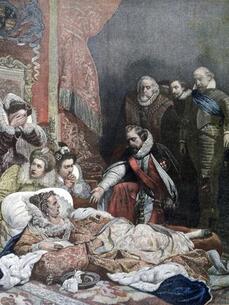
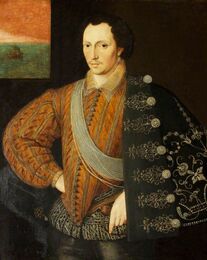

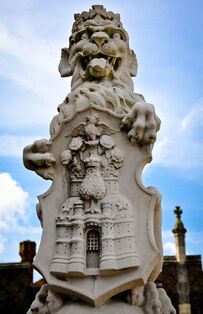
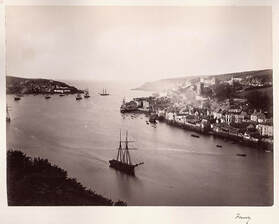

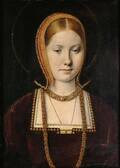
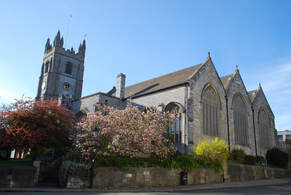
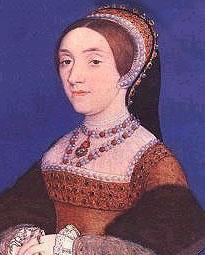
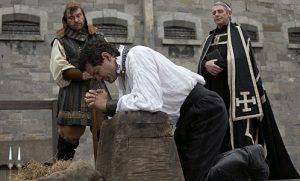
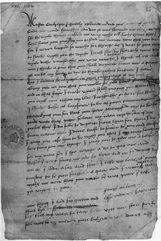

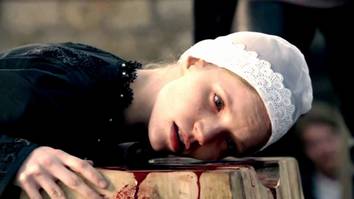
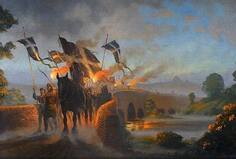
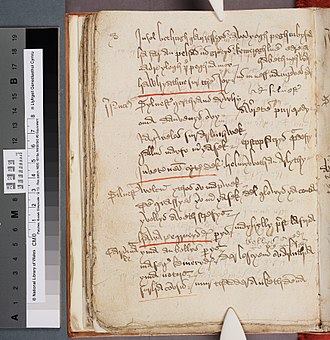
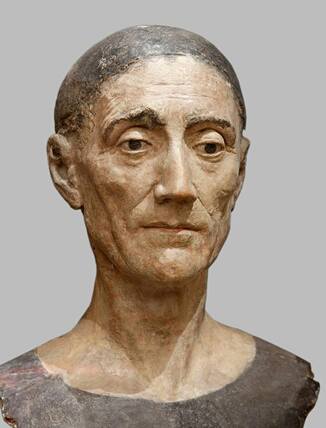
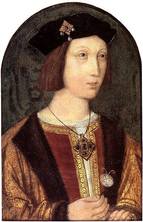
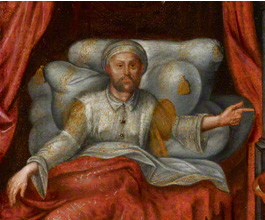

 RSS Feed
RSS Feed
